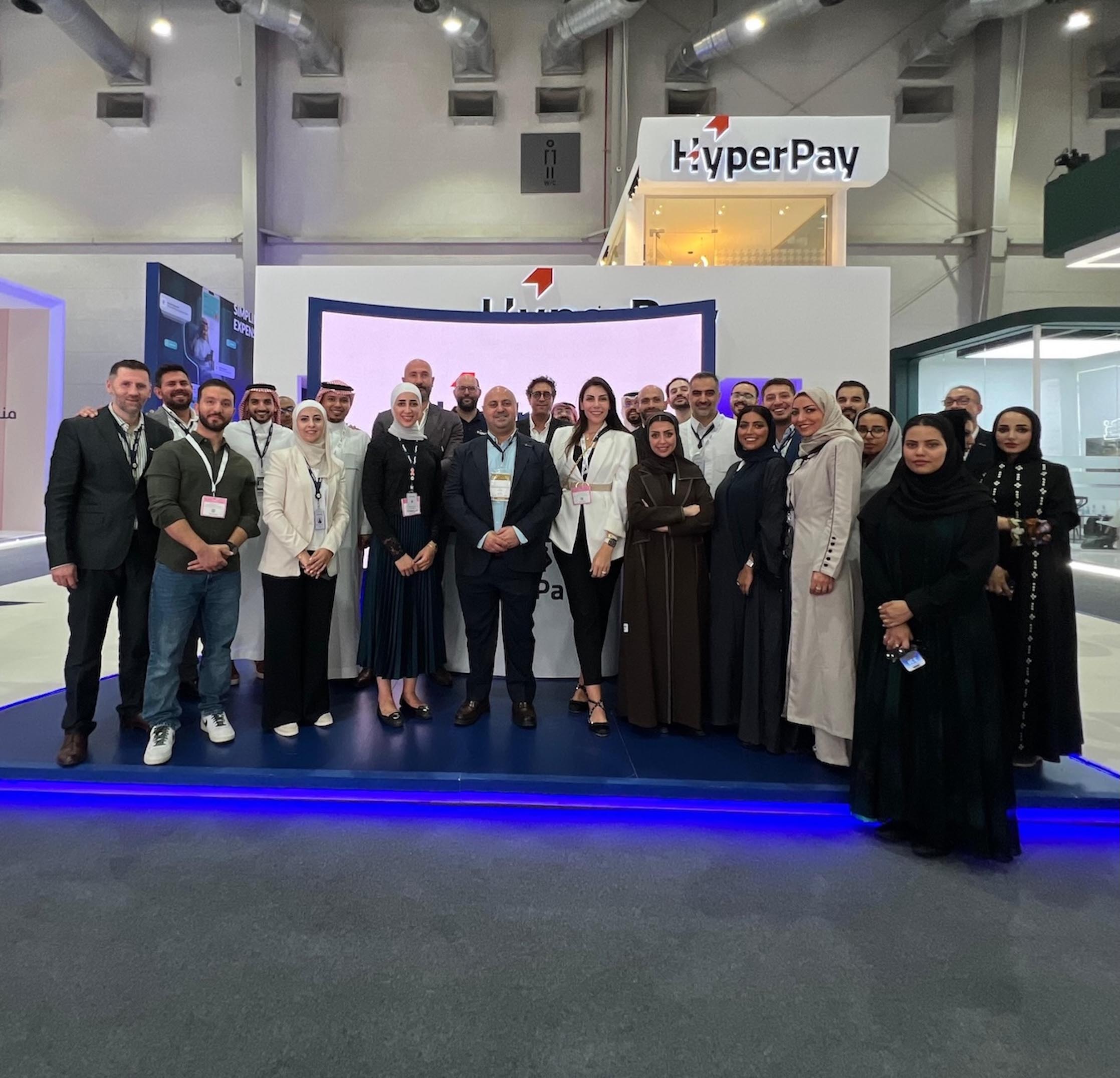Beyond the hype: Building long-term value with open and scalable AI

By Anirban Mukherjee, Director of Solutions Architecture, MENA, Red Hat
6 October 2025 - With the introduction of advanced technologies such as artificial intelligence (AI), machine learning and data analytics, both private and public organisations across the globe are transforming how they operate, make decisions, and deliver value to customers in real time. And in this race to harness the full potential of intelligent systems, the true differentiator lies not just in using AI - but in building it strategically, securely, and in alignment with long-term business goals.
This is where Open and Scalable AI becomes a game-changer. While off the shelf publicly hosted AI services based on proprietary models promise quick wins, they often compromise long-term control, compliance, and differentiation. Therefore, when it comes to long-term business value, governance, and security, the real question is not simply how to use the technology, but who owns it. This is particularly vital for the Middle East, where digital transformation is rapidly accelerating, fuelled by ambitious government-led initiatives aimed at positioning the region as a global innovation hub.
From Hype to Strategy
The Middle East is investing heavily in AI. According to PwC, the region stands to gain over USD320 billion from AI by 2030, with Saudi Arabia and the UAE leading the charge. National strategies - from Abu Dhabi’s ambition to be the world’s first AI-native government in the next two years under Abu Dhabi Government Digital Strategy 2025-2027 to Saudi Arabia’s Vision 2030 - are accelerating digital transformation across all sectors.
Despite this momentum, many businesses in the region are still in the early to mid-stages of adopting AI. Many executive teams eager in the Middle East are eager to embrace AI, but internal IT departments often lack the tools, frameworks, and talent to do so securely and effectively. As a result, organizations increasingly rely on third-party vendors, exposing themselves to risks such as shadow IT, data breaches, and a loss of strategic autonomy.
Understanding and Bridging the Gap
Public or hosted AI models offer speed and convenience, but they come with significant trade-offs. These uses proprietary Large Language Models (LLMs) today such as ChatGPT,, Gemini, Claude, or are trained on the open internet, not enterprise-specific datasets.
While impressive in general tasks, they often falter when applied to highly specialized or regulated use cases. More importantly, uploading confidential or sensitive business data into third-party systems raises serious privacy, compliance, and data sovereignty concerns - particularly in sectors like government, healthcare, banking, and finance.They come with significant trade-offs:
1. Data Security & IP Leakage: Sending proprietary data to third-party models risks exposing sensitive information. Public models are trained on general datasets — not enterprise-specific data — and offer little visibility or control over where data flows or how it’s used.
2. Compliance & Governance Challenges: Regulatory environments like GDPR, HIPAA, and industry-specific mandates require strict controls over data location, processing, and access. Hosted models often operate in black-box environments that can’t satisfy audit and compliance requirements.
3. Lack of Personalization: Foundation models are trained on broad, public datasets. Without access to internal knowledge bases, customer records, or domain-specific data, their responses remain generic — limiting their usefulness in enterprise workflows.
That’s why to mitigate these risks and future-proof their operations, companies must recognize the need to take ownership of their AI infrastructure. They must shift their position from ‘consuming tools’ to ‘building solutions.’ By developing in-house solutions, they can maintain full control over their data, customize AI systems to reflect business-specific contexts, and ensure scalability and governance from the ground up.
The RoleOpen-Source Models and Private AI
For organizations wondering where to begin, open source AI models provide a powerful and practical foundation. There has been an "explosion of capability" from open-source technologies in the three two years - models like Llama, Mistral, and Phi-2, Qwen, DeepSeek, Granite and many others are outperforming proprietary models in enterprise use cases.
Unlike proprietary platforms, open source models offer transparency, flexibility, and a lower barrier to entry. This ecosystem offers a rich foundation of tools, models, and frameworks that empower organizations to build AI solutions tailored to their specific needs - without the constraints of vendor lock-in or proprietary architectures. The flexibility of open source enables enterprises to experiment, iterate, and scale AI solutions in ways that are cost-effective,and aligned with internal governance and compliance mandates.
Private AI refers to the development and deployment of AI services within an organization’s controlled environment — whether on-premises, in a private cloud, or across a hybrid infrastructure using open source models.
• Small, optimized, purpose-built models that reduce cost and improve performance.
• Model alignment with enterprise data using techniques like Retrieval-Augmented Generation (RAG), fine-tuning.
• Enterprise-grade deployment at scale across hybrid cloud environments.
By treating AI as a service just like, compute, storage and other enterprise platforms — internal teams consume AI securely and efficiently while IT retains full control. Running AI privately isn’t just about control — it’s a smarter business move:
• Predictable Economics: GPU-as-a-Service models allow teams to share resources, manage quotas, and prevent idle time, all while avoiding the unpredictability of per-token cloud pricing.
• Elimination of Shadow IT: By delivering centralized AI services internally, Red Hat helps IT teams reduce fragmented tooling and unauthorized use of external APIs.
• Faster Innovation, Lower Risk: With Private AI, developers and data scientists can prototype, fine-tune, and deploy AI applications with enterprise data — while staying compliant with internal policies and regulatory requirements.
• Unified AI Service Delivery: Through Models-as-a-Service, Red Hat empowers organizations to distribute AI capabilities to all departments — from customer support to engineering — without sacrificing oversight or governance.
By embracing Private AI, CIOs can unlock the full value of their enterprise data, reduce cost and risk, and deliver smarter, more personalized AI experiences. In the race to scale AI responsibly, the future belongs to those who build their own runway.
Real-World Applications: Regional Case Studies
Two very different sectors point to the same conclusion: open, private AI is delivering hard business wins.
At DenizBank, Intertech standardized a private, container-based AI stack and gave 120+ data scientists self-serve workbenches. Time-to-market for new models dropped from about a week to ~10 minutes, while GPU “slicing” curbed accelerator waste. Crucially, teams now push core banking models—credit-risk scoring and fraud-anomaly detection—into production fast enough to influence real-time decisions.
In energy, Aramco’s Upstream Digital Center built a GenAI foundation running inside its own environment to centralize resources and streamline upstream workflows. Drill and plant engineers complete routine analysis up to 10× faster, saving roughly two hours per person per day, and new models are onboarded in under an hour—time that goes back into subsurface modeling, drilling optimization, production monitoring, and other high-value tasks. The firm also applies AI to operational risks such as flaring prediction and component-failure detection to keep output efficient and equipment online.
Across banking and oil & gas, the pattern is consistent: open tooling plus private deployment = faster model delivery, tighter governance, and measurable productivity gains.
In Saudi Arabia, Aramco is another important government entity that is utilising AI for complex geological surveys.
A Glimpse into the Future: Agentic AI
Perhaps the most exciting frontier is agentic AI, a paradigm shift from today’s prompt-response models to autonomous agents capable of interacting with enterprise applications to complete full workflows. Imagine an AI agent that not only answers queries but automatically updates Salesforce entries, reconciles invoices in SAP, or schedules meetings based on real-time availability. Unlike external SaaS-based assistants, agentic AI built in-house can be tightly integrated with internal systems, enforcing strict access controls, data privacy, and auditability.
Companies are already investing in this future through open frameworks like MCP (Model Context Protocol) and the Llama Stack, designed to empower enterprises to develop fully autonomous, auditable AI agents.
A Call for Strategic Ownership
For enterprises and governments in the Middle East, the AI opportunity is immense but only if pursued with a long-term vision. Building AI in-house by utilizing open source is no longer a luxury, it’s a strategic necessity as it ensures control, fosters innovation, and safeguards data, which is the foundation of the digital economy.
-ends-












